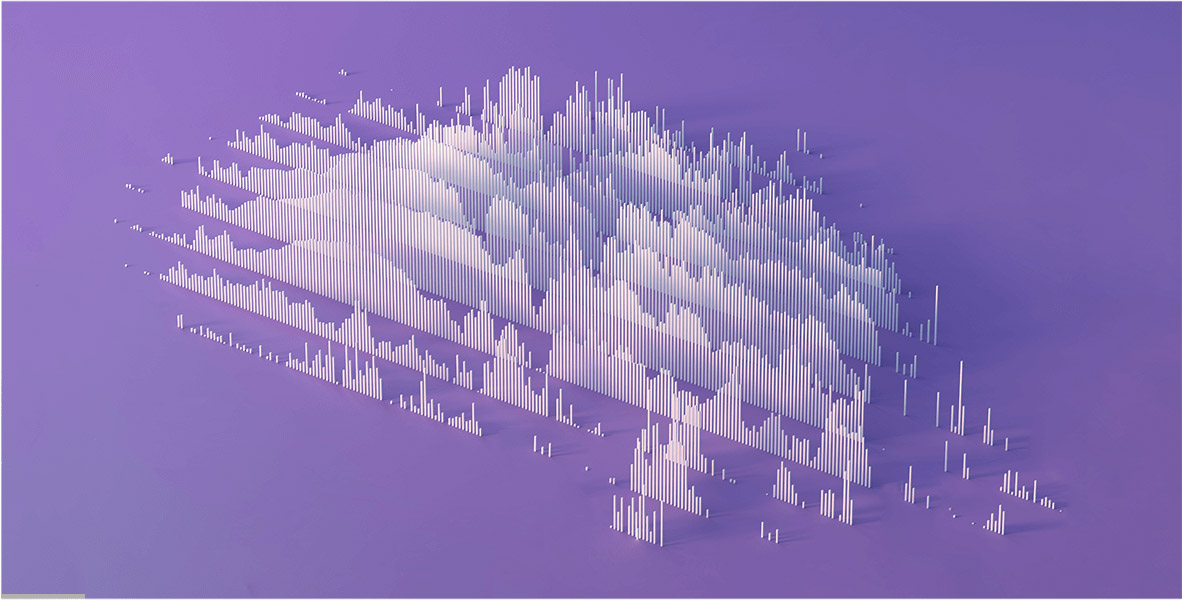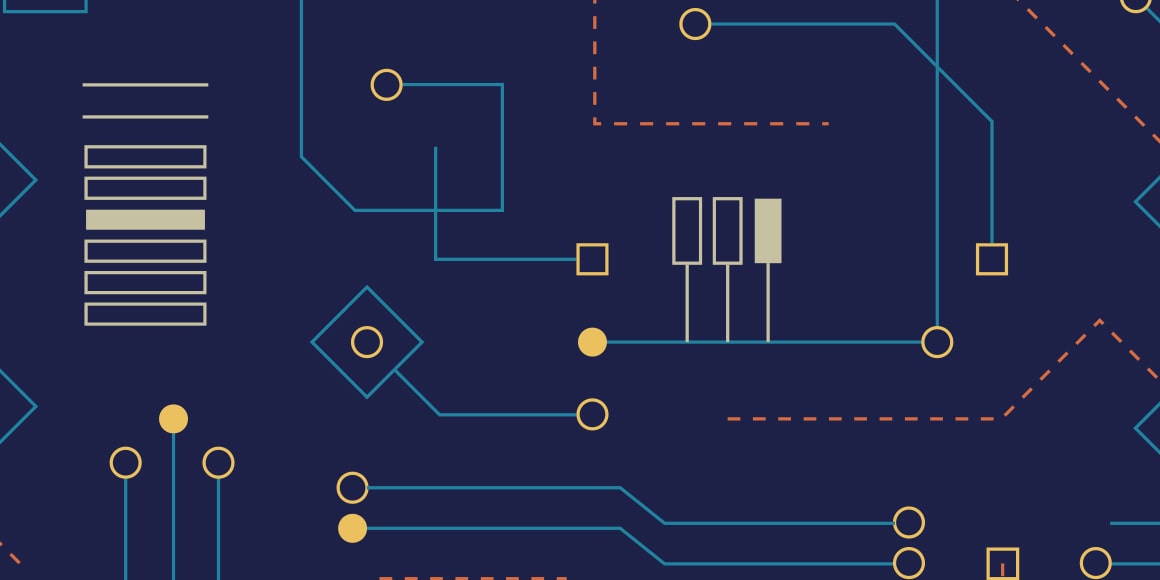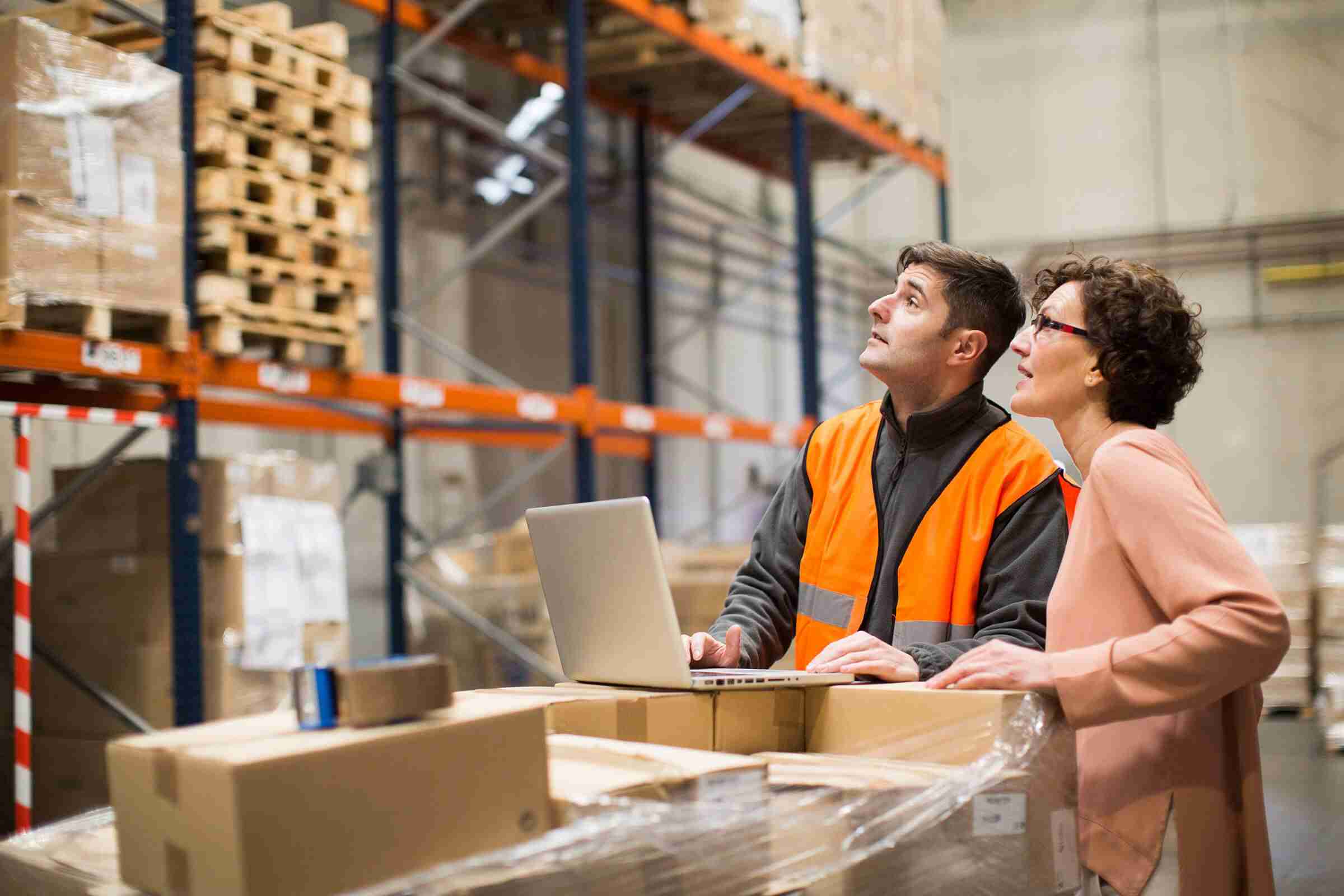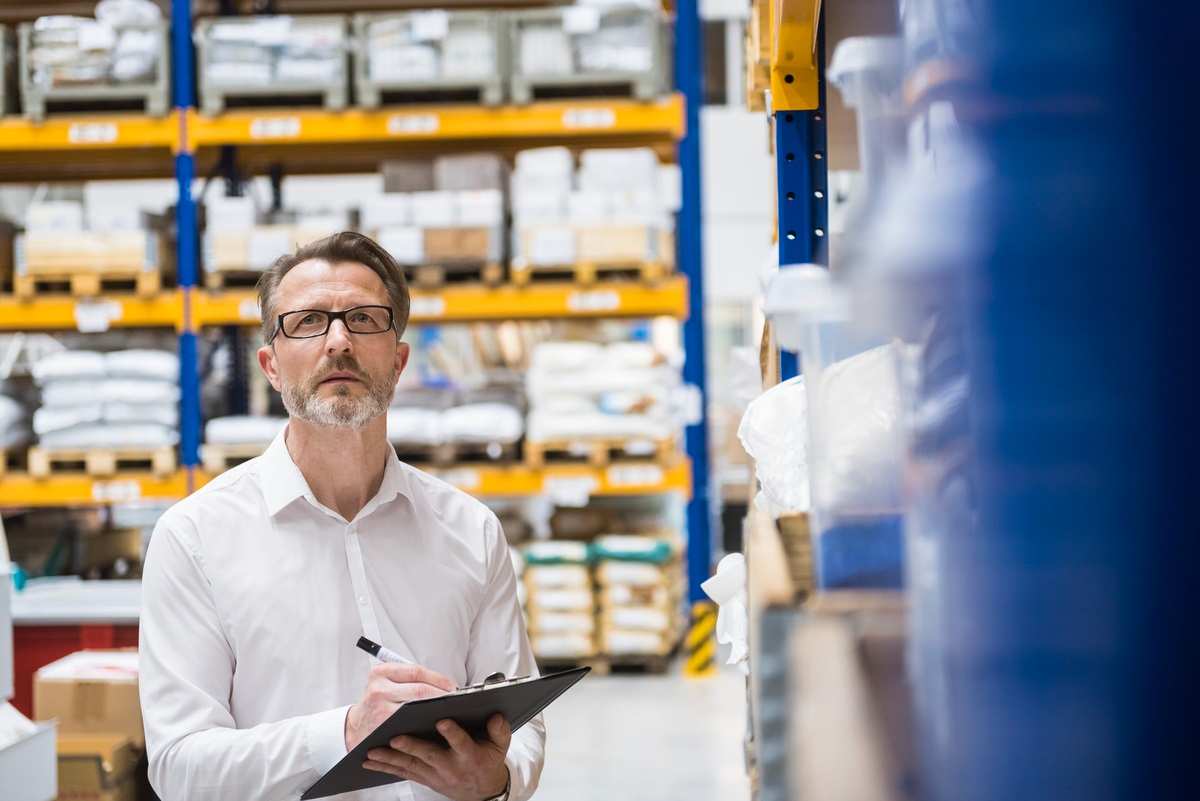
As customers and stakeholders alike begin to demand better visibility into the last mile of the supply chain, logistics professionals must find ways to gain the right information at the right time. In order to do so, having access to data-driven insights is crucial—but with vast amounts of granular data to sift through, it can be challenging to see the bigger picture.
Lack of last-mile visibility can pose a major problem in the e-commerce industry, in particular, where logistics is often a key driver of a positive customer experience—and, in turn, loyalty.
To gain a full view into where products are within the last mile of the supply chain, leveraging the right tech—while working with the right people—is paramount.
Last-Mile Supply Chain Visibility Solutions
Using the Internet of Things for Last-Mile Visibility
Having access to more accurate, relevant data is the key to better last-mile visibility, and that begins with better-connected devices. Innovations such as the Internet of Things (IoT) can play a major role in helping shippers create a well-integrated, streamlined digital ecosystem.
A network of physical devices that are embedded with sensors or software in order to connect them to each other, the IoT allows disparate systems and devices to collect and share data, which can then be shared with you in real time as your products move through the supply chain.
This can provide a full picture of last-mile delivery movement, from departure out of the warehouse or distribution hub to the truck or transport being used to move product, to arrival at customers’ doorsteps.
The information gained through the IoT is also very precise. For example, using sensors placed on the product itself, rather than relying on the carrier to provide location information, you can see exactly where product is at any time. And this, in turn, provides customers with more accurate, up-to-the-minute tracking.
A better-connected network also allows for faster, more informed decision-making at the last mile. For instance, using artificial-intelligence-enabled IoT and machine learning—which is now integrated into most IoT platforms—you can identify traffic patterns and even predict delays at certain ports or along certain routes. This enables you to adapt and alter routes as needed, reducing the chance of customer delays.
The IoT can tell you exactly where and when items were opened or delivered, and even deliver information on compromised product (whether due to temperature, light or humidity changes, etc.).
Settlement can also be triggered automatically after specific actions have taken place. For example, once items are delivered to a partner and have passed inspection, payment can be sent to all needed parties automatically.
Using Third-Party Logistics Providers for Last-Mile Visibility
While the Internet of Things can be a valuable tool for accessing relevant data, working with the right third-party logistics (3PL) providers can provide even further insight into the last mile of the supply chain. While most businesses understand the importance of gaining enhanced visibility, the upfront costs typically involved can be daunting.
Luckily, more and more 3PLs are beginning to offer specialized, affordable last-mile delivery services—using technology to increase routing efficiency and proprietary supply-chain monitoring to provide both your business and your customers with better visibility into product location. Real-time visibility can help set your business apart among partners, stakeholders and customers alike.
3PL warehouse management software can provide you with up-to-the-minute information on a range of activities, including inventory movement, fulfillment and returns. By outsourcing this work to a third party, businesses can free up time for other pressing tasks, while having confidence in the accuracy and reliability of the data.
3PLs also have access to best-in-class facilities, vehicles, equipment and software, allowing for streamlined last-mile supply chain processes and the most sophisticated data collection and analysis capabilities.
Many 3PLs will provide customized reports for your review, displaying only the information and key performance indicators most important to your business. These insights can often be customized for each member of your leadership team, so you can decide who has access to what data—cutting down on unnecessary distractions and reducing the time spent searching for data relevant to their needs.
In the long run, working with a third-party logistics provider can even help you save money, with 3PL shipping, routing and scheduling capabilities significantly reducing last-mile delivery costs—all while creating a better-connected logistics ecosystem and enhancing visibility.
Depending on your needs, a fourth-party logistics (4PL) provider may also be well suited to your last-mile needs. Also known as “lead logistics providers,” 4PLs offer the same services as 3PLs but have more extensive capabilities—managing your relationship with third-party providers, as well as handling all of your supply chain processes. 3PLs, by contrast, often focus only on logistics processes. By creating better visibility into each step of the supply chain, 4PLs can help you reduce your last-mile costs while better meeting customer needs.
Key Takeaway
Better end-to-end supply chain visibility can mean the difference between a loyal customer and a loss. Working with the right technology and the right partners can help ensure that you get the information you need, when you need it.
The Internet of Things and third-party logistics providers have become increasingly popular, allowing for streamlined processes, a better-connected digital ecosystem, and improved insight into every step of the last mile. 3PLs, in particular, can even help your business save money.
As you continue readying your supply chain for the future, think carefully about what technologies and partnerships will make the most sense for your last-mile goals and needs—as well as those of your customers.
Footnotes
keyboard_arrow_down- [1]“Real-time intelligence and the future of supply chains,” Orange Business Services and Longitude, 2021. arrow_right_alt
- [2]Ibid. arrow_right_alt
- [3]Bart De Muynck and Carly West, “Magic Quadrant for Real-Time Transportation Visibility Platforms,” Gartner, April 14, 2021. arrow_right_alt
 search
close
menu
search
close
menu



